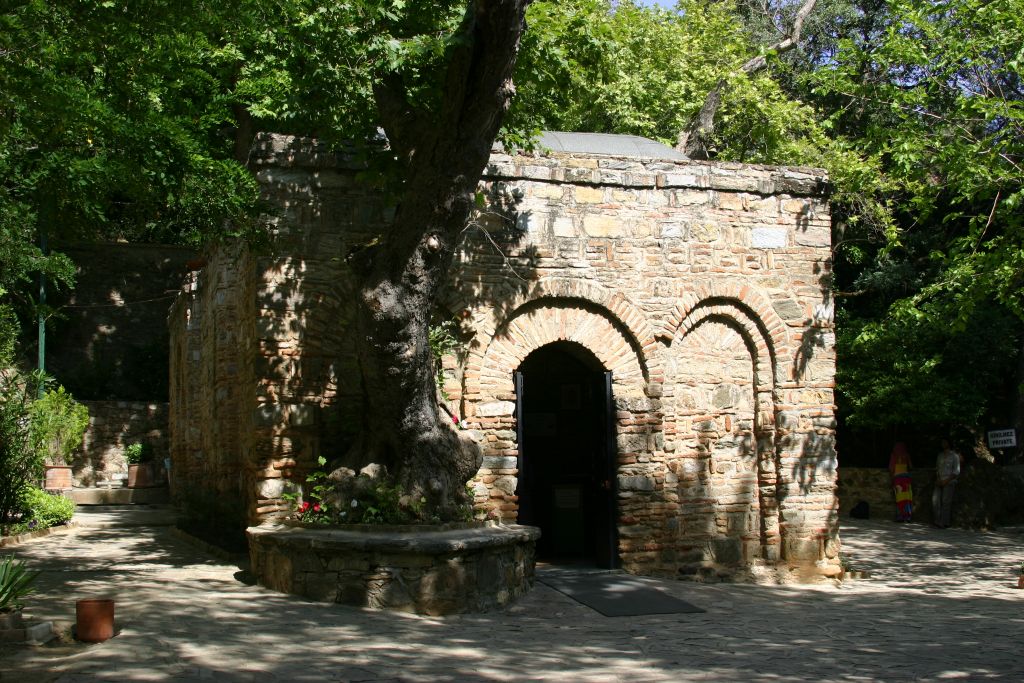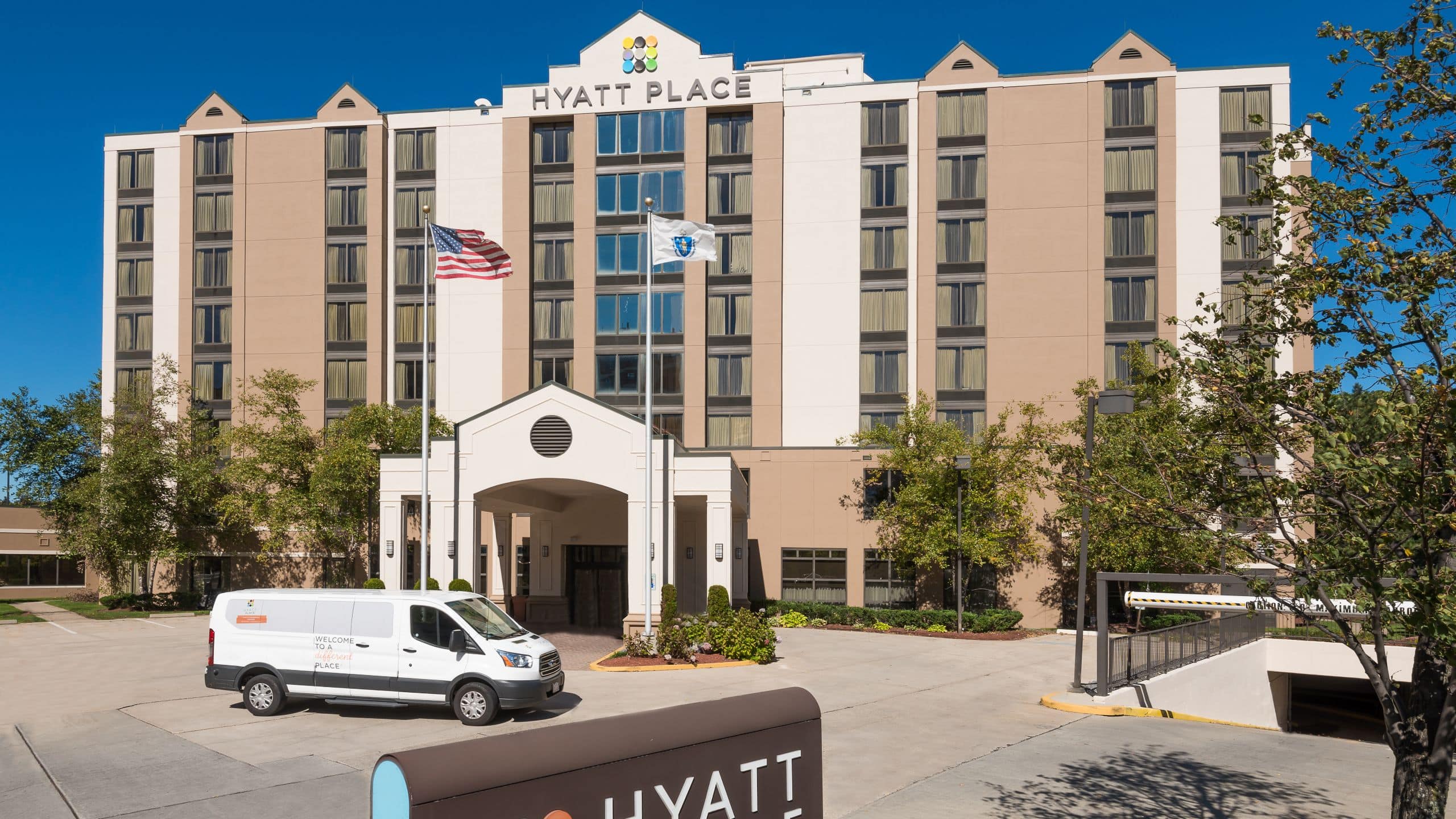Table Of Content
My tour group stayed for a night in Selçuk, the town containing the ruins of the Basilica of St. John, built over the traditional burial site of the Apostle himself. We were instructed along the way to remain respectfully silent while at the site. A large statue of Our Lady, crowned and with open hands, greeted us near the entrance.
Read more:
One year later, he granted a plenary absolution to Catholic pilgrims who visited the House with faithful intentions. The Roman Catholic Church has never pronounced on the authenticity of the house, for the lack of scientifically acceptable evidence. Although the place has never been officially recognized by the Catholic Church as the home of Mary, a lot of gestures made by the popes authenticated its history in the eyes of the faithful. An investigation commissioned by the Archdiocese of Smyrna concluded in December 1892 that the assumption that the Blessed Virgin Mary might have died in the house was scientifically and theologically justifiable. The operations of the house as the religious centre were resumed in 1926 but only to a limited extent. Only after the Second World War, in 1947, the Turkish authorities finally recognised the private ownership of the site and the pilgrimages were resumed from 1949.
Private Ephesus Tour
Today much of the structure has been rebuilt and a small chapel with places to leave prayers, candles, or other mementos has joined it. Pipes guide the spring into a basin where tourists and pilgrims collect the water to take home with them after their journey. It is visited year round by devout Muslims, curious skeptics, faithful Catholics and even Popes. While the Catholic church has never claimed that they believe this to be the last home of the virgin mother, they have never denied it either and have elevated its status in their faith to that of a Holy Place. Every year on August 15 (the Feast of the Assumption of Mary) Catholic, Orthodox and Muslim clergy conduct joint services at the shrine, which is an incredibly rare occurrence anywhere in the world. He believed it was the house described by Emmerich and where the Virgin Mary had lived the final years of her life.
Memorial of the Presentation of Mary - November 21, 2023 - Liturgical Calendar - Catholic Culture
Memorial of the Presentation of Mary - November 21, 2023 - Liturgical Calendar.
Posted: Tue, 21 Nov 2023 08:00:00 GMT [source]
Holy Trinity Church

Ephesus, for sure, has been the city of the divine female since Cybele worship of the Bronze Age and this tradition continued with the arrival of Christianity. The first time, the narrow road was hair-raising if a coach whizzed around the corner from opposite directions. Thankfully, road conditions improved in later years, and after paying an entrance fee, visitors arrive at the Virgin Mary’s site and car park. Walking past souvenir shops and café, the first landmark is a baptism pool and a seating area for monthly religious services by the Catholic church and the house. The humble appearance of plain stone bricks and small size makes the house seem insignificant. To get to Mount Koressos, where the house is located, visitors can take a short trip from Ephesus.
Contact us now for the guided tours that give valuable information on the significance and history of the location. This single-story house is a shrine, called Meryemana Evi, translated as “the House of Mother Mary” in Turkish. It’s widely believed that this house is where St. John had cared for the Mother of God during her final years on Earth, that the Assumption took place there. Systematic archaeological investigations of the site took place between 1965 and 1967 under the direction of the Italian archaeologist Adriano Prandi. According to Prandi, the remains of the sacred building are those of a late Byzantine chapel from the 13th century, originally covered with a dome. Structural asymmetries suggest the existence of an older building, particularly evident in the southern side chapel (called "a sleeping cell" or "a Quran room"), where Prandis' excavations were concentrated.
Journey’s Start: Istanbul to Izmir
One of the most significant events detailed in Emmerich’s visions was the House of the Virgin Mary. According to her accounts, the House of the Virgin Mary, also known as the “Blessed House,” was the place where Mary lived during her final years. Her close friend, the German poet, and writer Clemens Brentano, meticulously recorded these visions. Another account comes from Bar-Hebraeus, a Jacobite bishop who wrote in the 13th century, suggesting that St. John took Mary with him to Patmos and later established the Church of Ephesus. This leaves uncertainty about whether Mary spent her final days in Patmos or in Ephesus, as the exact place of her death is not specified. Due to its strategic geographical position, during the spreading of Christianity, Ephesus was one of the first seven churches established in Anatolia.
On Fourth Sunday of Advent, remember the promises made to the Virgin Mary by Gabriel, says Michigan priest - Fox News
On Fourth Sunday of Advent, remember the promises made to the Virgin Mary by Gabriel, says Michigan priest.
Posted: Sun, 24 Dec 2023 08:00:00 GMT [source]
The Marigny was originally a Catholic parish church known as Holy Trinity Catholic Church. Outside the shrine is the “Water of Mary”, a wishing well of sorts that is believed to be the source of miracles. Pilgrims tie their personal wishes and worries on paper or fabric in the hope that its miraculous powers will give them some comfort. Pilgrims can also drink the water from the well as it is believed it can heal all ills. It is a sacred place for Muslims and since Mary (Meryem Ana) is spoken of in the Quran Muslims come to visit as well as Christians. It does feel like a very spiritual place and will stay in your memory for a long time to come, whether you believe or not.
Whether Meryemana Evi is indeed the house in which Our Lady had lived has neither been declared, nor denied, by the Church. The Church, in her prudence, requires much evidence before declaring that any miracle took place, or that any person is indeed a saint, or that any site is indeed a holy place. Such a process protects us from taking the word of any Joe Schmo, who claims to have performed some miracle, more seriously than we ought to. And it’s because our Church’s prudence that we can know for certain that any recognized miracle, any canonized saint, and any recognized holy place, is indeed the real deal.
When you visit the Church of the Virgin Mary, you’ll notice small pieces of paper and napkins hanging on the wall. They write their wishes on these napkins or pieces of paper, which are then attached to thousands of other wishes. During World War I, the property faced challenges, but after the war, the pilgrimages resumed in 1949, aided by the Turkish government’s construction of a paved access road. In 1952, the Association of the Friends of Ephesus and Anne Catherine Emmerich was established to promote pilgrimages. The property changed ownership several times until George B. Quatman, an American entrepreneur, purchased it in 1955, sponsoring further developments around the House of Mary, including homes for priests and nuns.
In the 19th century, a series of visions experienced by a German nun, Anne Catherine Emmerich, led to the rediscovery of this hallowed site. Since then, the House of the Virgin Mary has become a beacon of faith, attracting countless Christian pilgrims who seek to connect with the spirit of Mary and pay homage to her legacy. Popes Paul VI, John Paul II, and Benedict XVI have all graced this site with their presence, further underscoring its spiritual significance. Artemis was the main god of Ephesus and she was respected as a mother goddess. In the ancient times, pilgrims that were attracted by The Temple of Artemis are a part of the crowds that filled the shiny marble streets and forums of this colorful mega-city.
The nun told her visions to a man named Brentano who wrote them in a book. A French clergyman named Gouyet read the book and came to Ephesus where he found a house matching the nun’s descriptions. On June 27, 1891 two Lazarist priests and two Catholic found the small stone house among ruins with a statue of Mother Mary. Anne Catherine Emmerich was beatified by Pope John Paul II on October 3, 2004. Anne the nun and the priest had never been to Ephesus and at that time, excavation work had not started so it was not as widely known as it is today, so was it coincidence or the divine truth?
Emmerich, an invalid and stigmatist German nun, was said to have had many visions during the early 19th Century. Emmerich claimed that St. John had taken Our Lady to live in a house near Ephesus, with descriptions even including the surrounding area’s topography, although she herself had never been to Asia Minor. These purported visions were written down by Clemens Brentano, a man who’d interviewed her, and published after Emmerich’s death in 1824.
The priest believed he had found the house yet it took many years to convince others. These days as well as being a shrine, it is also a chapel and place of worship. In the early 19th century, a nun named Anne Catherine Emmerich took to her bed where she had visions and dreams about the life of Christ and Mary.
The religious tourism gained an additional boost in the 50s of the 20th century when the Turkish authorities built a paved access road to the sanctuary. This smart move of the Turkish authorities resulted from the proclamation made in 1950 by Pope Pius XII concerning the dogma of the Assumption of Mary. Thus, it opened a road so that the site could benefit from the renowned archaeological heritage of the region and welcome international tourists.

No comments:
Post a Comment